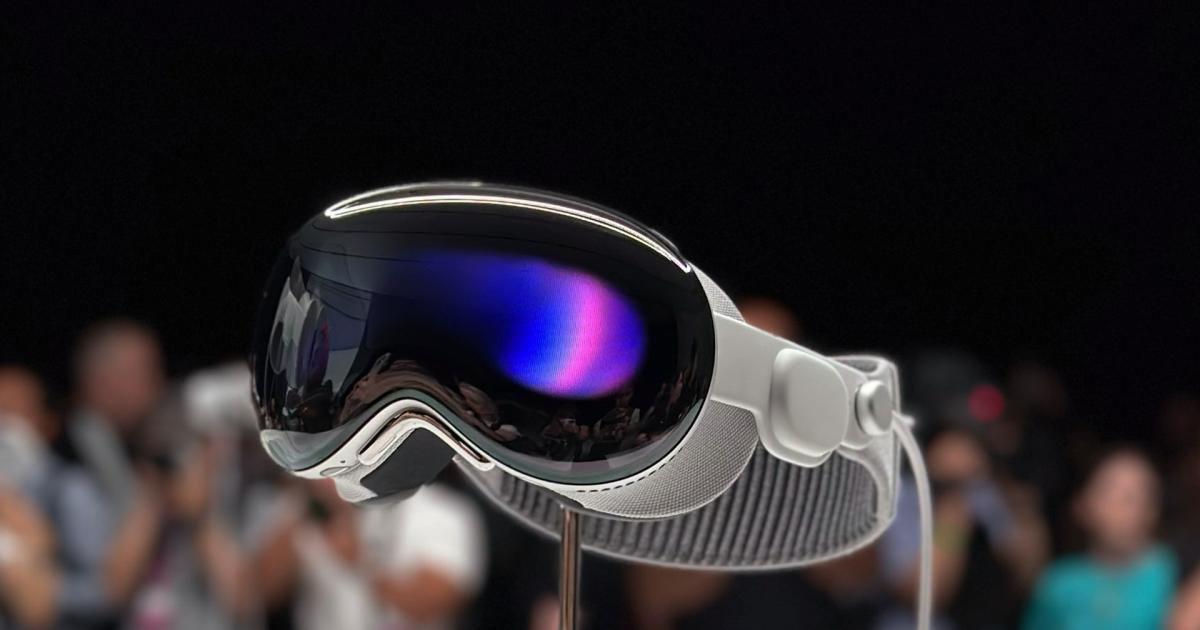If Apple is going to make the Vision Pro a success, it’s going to need compelling apps — and that means giving developers hardware ahead of time. Accordingly, the company is now making Vision Pro developer kits available. If you qualify, you’ll get a loaned mixed reality headset as well as help with setup, expert “check-ins” and extra support requests beyond what developers normally get.
The operative term, as you might guess, is “if.” You’re submitting an application, not buying a product like the old Apple Silicon Developer Transition Kit. In addition to being part of the Apple Developer Program, you’ll need to detail your existing apps and overall team talent. The company will favor creators whose app “takes advantage” of the Vision Pro’s features. You can’t just assume you’ll get a headset, then, and you’re less likely to get one if you’re a newcomer or simply porting an iPad app. You’ll have to be content with the visionOS beta software if you don’t make the cut.
You also can’t use the wearable for bragging rights. Apple requires that developers keep the Vision Pro in a secure workspace that only authorized team members can access. The company can also request a unit return at any time. Don’t expect many leaked details, in other words.
The current kit may only end up in the hands of larger developers as a result. However, the launch shows how Apple intends to court app creators, and what titles you’re likely to see when Vision Pro arrives early next year. The focus is on polished experiences that help sell the concept, rather than a huge catalog. That’s not surprising when the Vision Pro is a $3,499 device aimed at professionals and enthusiasts, but you may have to wait a while before small studios release apps based on real-world testing.
All products recommended by Engadget are selected by our editorial team, independent of our parent company. Some of our stories include affiliate links. If you buy something through one of these links, we may earn an affiliate commission. All prices are correct at the time of publishing.
This story originally appeared on Engadget

